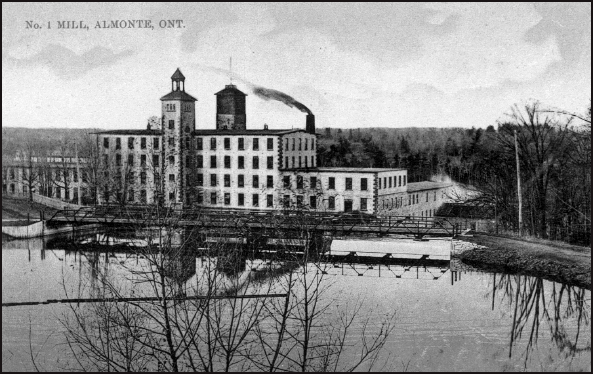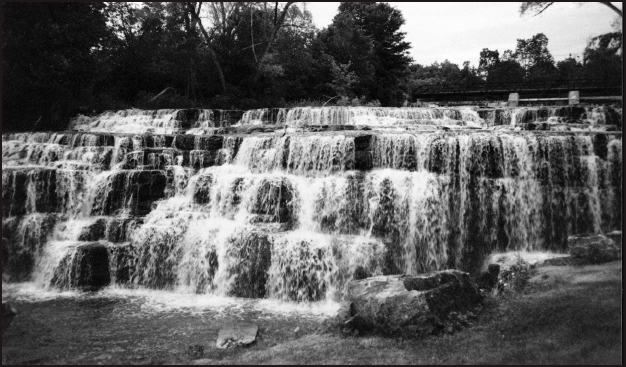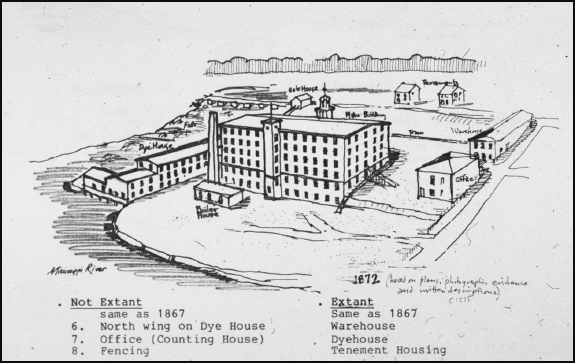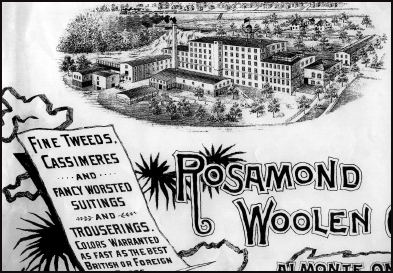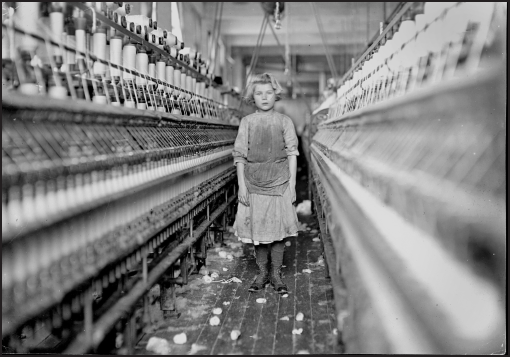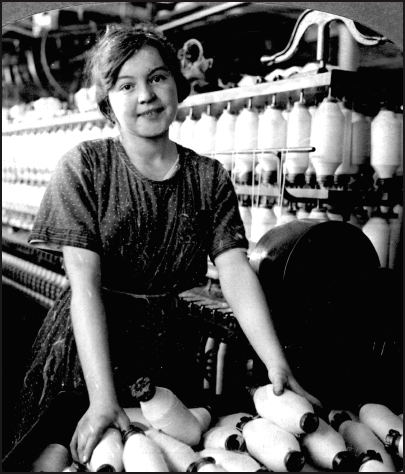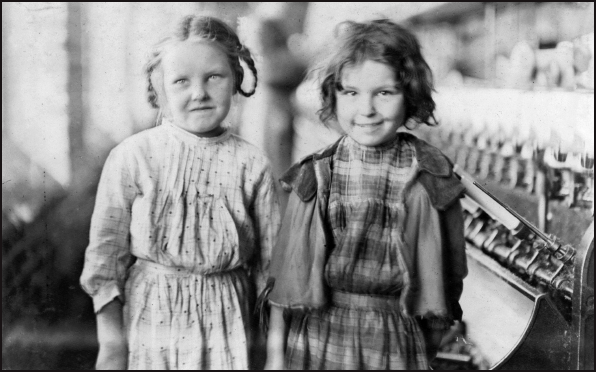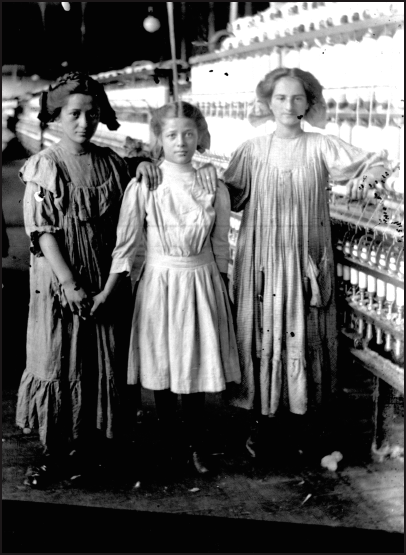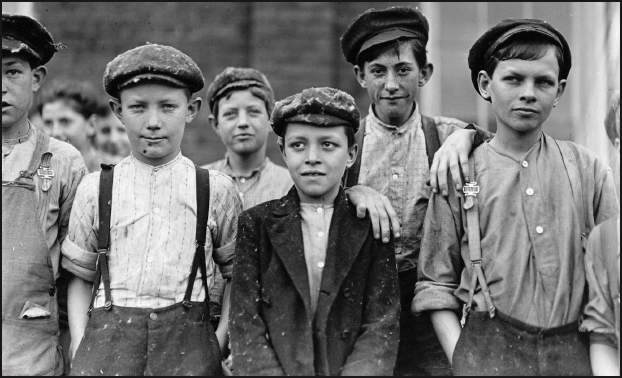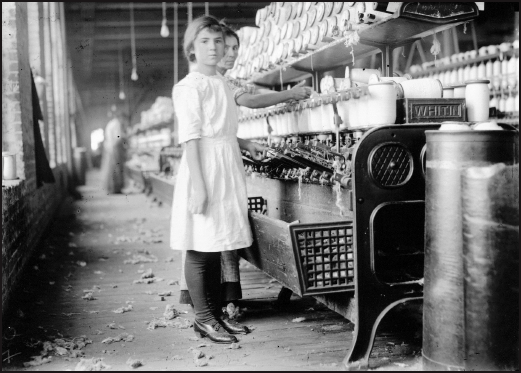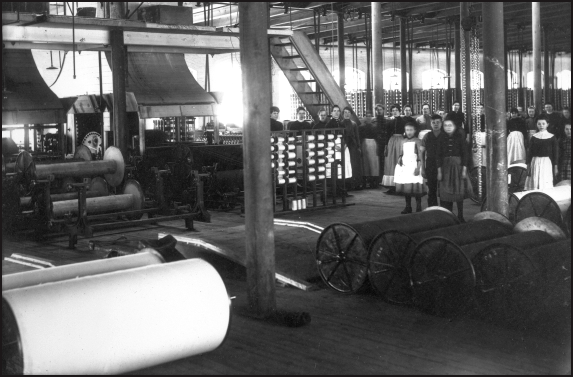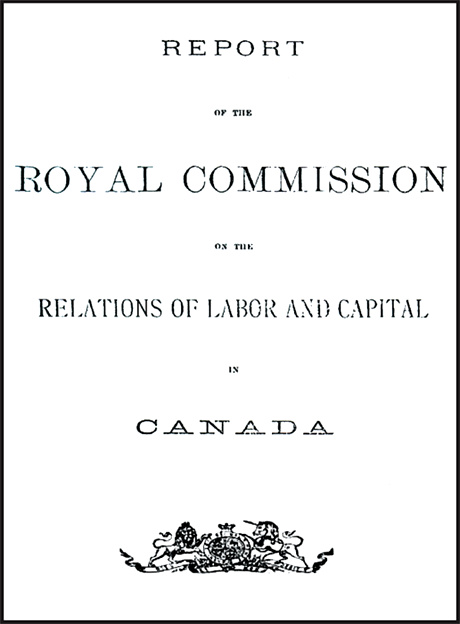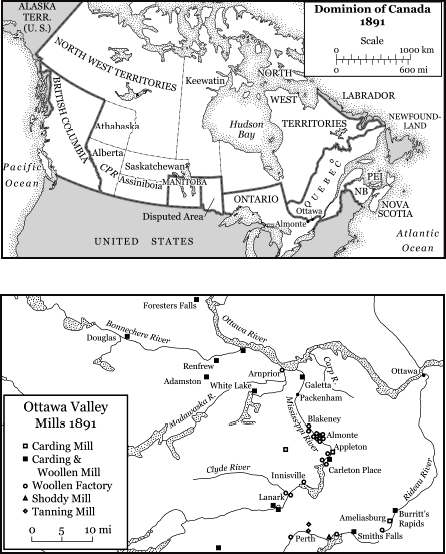Images and Documents
Image 1: Almonte’s No. 1 Mill was one of the leading woollen mills in Canada in the 1880s.
Image 2: The churning falls on the Ottawa Valley’s Mississippi River powered Almonte No. 1 Mill.
Image 3: A layout of Almonte No. 1 Mill, showing the warehouses, dye houses, counting house and tenement housing for the workers, as of 1872.
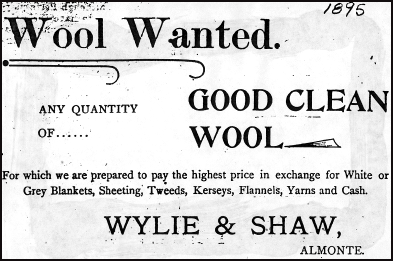
Images 4 and 5: Advertisements for two of Almonte’s key woollen factories. The No. 1 Mill was also known as the Rosamond Mill.
Image 6: Lewis W. Hine’s famous photo shows a young worker in a cotton factory in an Augusta, Georgia, mill.
Image 7: A doffer girl pushes a bin stacked with dozens of bobbins full of cotton yarn. As soon as bobbins became full, workers would replace them with empty bobbins.
Image 8: Two very young workers in a Georgia textile mill in 1909.
Image 9: Three doffer girls in a New England mill. Girls often tied their hair back to keep it from getting caught in the huge moving machinery.
Image 10: Doffer boys at a cotton mill in Macon, Georgia, are covered in bits of cotton.
Image 11: A twelve-year-old mill worker stands in the spooling room of a Texas cotton mill.
Image 12: Workers in a cotton mill in Marysville, New Brunswick (now a suburb of Fredericton).
Image 13: The report of the Royal Commission on the Relations of Labor and Capital, published in 1889, showed underage workers still being employed in various industries. Its recommendation that children under fourteen not be employed was often disregarded.
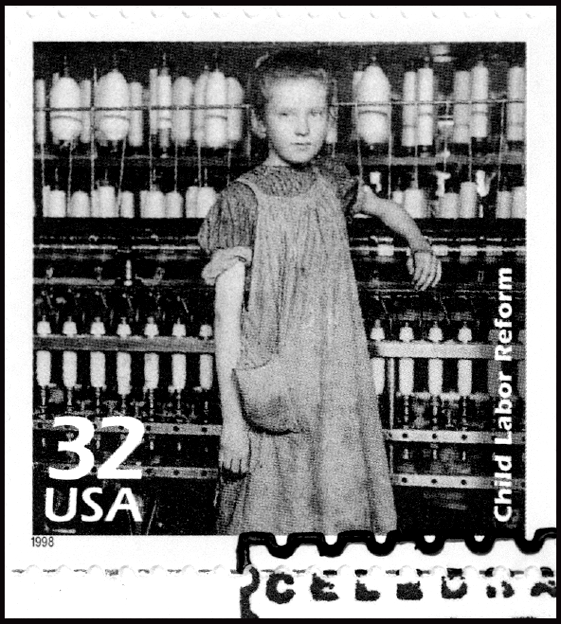
Image 14: This stamp was issued in 1998 to commemorate the anti-child-labour campaign of the early twentieth century. The photo by Lewis Hine is of twelve-year-old Addie, a mill worker in North Pownal, Vermont.
Image 15: Activist Craig Kielburger founded Free The Children in 1995 when he was just twelve years old, when he read about a Pakistani boy, Iqbal Masih, who was had been sold into slavery at age four.
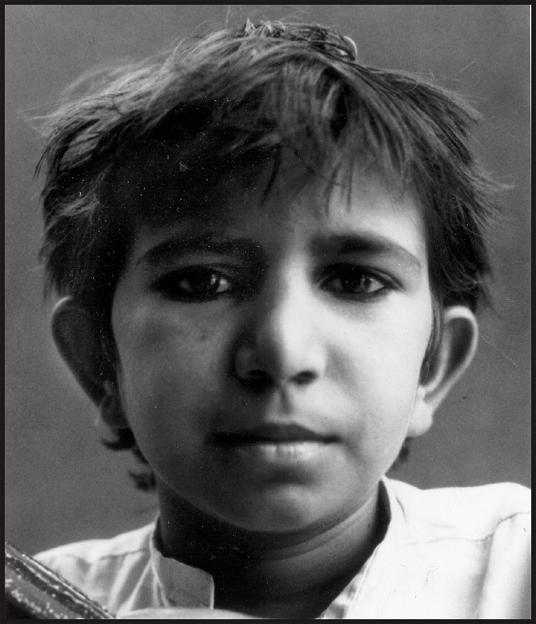
Image 16: Iqbal Masih worked twelve hours a day, six days a week, tying tiny knots to make carpets. He was murdered at age twelve after speaking out about children’s rights.
Images 17 and 18: Much of Canada’s textile industry was concentrated in the Ottawa River Valley. There were also a number of mills in New Brunswick, Nova Scotia, Quebec and Ontario’s Grand River area from Hespeler to Dunnville. Dominion Woollens at Hespeler employed hundreds.
